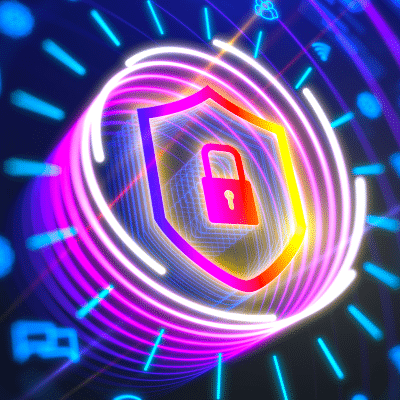|
Getting your Trinity Audio player ready...
|

The future of cybersecurity is a topic of significant interest and discussion as technology continues to evolve rapidly. This brings both opportunities and challenges for security professionals. Predicting the future of cybersecurity involves a degree of uncertainty due to the evolving nature of technology and the tactics used by cybercriminals. However, several trends and areas of focus are likely to shape the future of cybersecurity
Here are some key trends and developments that are shaping the future of cybersecurity:
1. Artificial Intelligence and Machine Learning: AI and ML technologies are being increasingly used to enhance cybersecurity defenses. These technologies can help in detecting and responding to cyber threats in real-time, automating certain security tasks, and improving the overall efficiency of security operations.
2. Zero Trust Security: The concept of Zero Trust is gaining prominence as organizations move away from traditional perimeter-based security models. Zero Trust is based on the idea of “never trust, always verify.” This means that all users, devices, and applications are considered untrusted until proven otherwise.
3. Quantum-Safe Cryptography: With the rise of quantum computing, there is a growing need for quantum-resistant cryptographic algorithms. These protect sensitive data from future quantum attacks. Research and development are ongoing to ensure that encryption methods remain secure in the age of quantum computing.
4. Internet of Things (IoT) Security: As more devices become connected to the internet, the need for robust IoT security measures is increasing. Securing IoT devices and networks to prevent potential vulnerabilities and cyber threats is crucial for maintaining a secure digital ecosystem.
More key trends and developments that are shaping the future of cybersecurity:
5. Cloud Security: With the widespread adoption of cloud computing services, ensuring the security of data and applications in the cloud is a critical. Secure cloud configurations, access controls, and data encryption are essential components of a comprehensive cloud security strategy.
6. Cybersecurity Skills Gap: The shortage of skilled cybersecurity professionals continues to be a challenge. Addressing this skills gap through training programs, certification pathways, and workforce development initiatives is essential. This builds a strong and capable cybersecurity workforce for the future.
7. Regulatory Compliance: Increasing regulatory requirements related to data privacy and security (such as GDPR, CCPA, etc.) are driving organizations to prioritize compliance measures. This helps adopt robust security practices to protect sensitive customer and organizational data.
In conclusion, the future of cybersecurity will be shaped by technological advancements, changing threat landscapes, regulatory demands, and the need for a skilled cybersecurity workforce. Adopting a proactive and comprehensive approach to cybersecurity will be essential for organizations to effectively mitigate cyber risks and safeguard their digital assets.
Learn more about TWINTEL or call us at (888) 428-0599 or schedule a meeting today.
Click Here To Claim Your FREE Assessment and Action Plan
Mark Johnson is a passionate technology professional with over 11 years of experience in the Managed Services IT space and a wide variety of industry-leading certifications. Mark’s extensive Managed IT experience and aptitude for quickly learning and adapting to new technologies has equipped him to offer valuable insight across a broad spectrum of business technology solutions.
